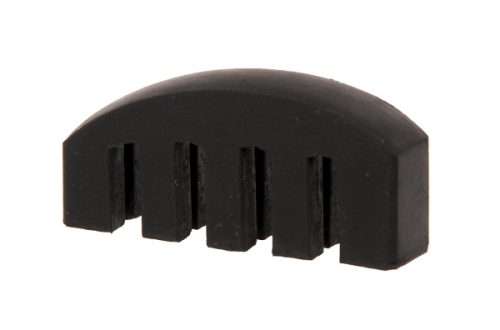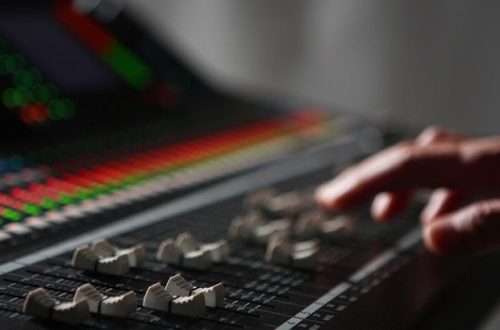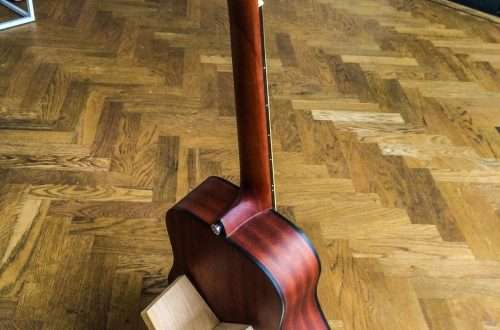
Dee Jay – which audio interface to choose?
See DJ controllers in the Muzyczny.pl store
Which audio interface to choose
The popularity of digital systems makes them more and more common. Instead of a heavy case with a console and CDs or vinyls – a light controller and a computer with a music base in the form of mp3 files. All of these systems work thanks to one important thing – the audio interface and the MIDI protocol.
What is MIDI?
In its simplest translation, MIDI enables computers, controllers, sound cards, and similar devices to control each other and exchange information with each other.
The use of an audio interface among DJs
Due to its advantages, the external interface is needed wherever the audio signal from the computer is to be sent to a specific device. Usually it is needed to work with:
• DVS – a package: software and timecode discs that allow you to play audio files (available from our computer) using a traditional standard DJ console (turntables or CD players)
• Controllers with no built-in audio interface
• Record DJ mixes / sets
In the case of DVS, an interesting fact is that the disc with a timecode, as the name suggests, contains time data, not audio files. The timecode is generated as an audio signal and thus reaches the computer, which converts it into control data. Using the turntable, when we put the needle on the record, we will hear the same effect as if we were mixing from a normal vinyl.
What to consider when choosing?
Our choice should begin with the budget. It is difficult to say what price range is appropriate, because in fact even the most ordinary interface will be better than an integrated sound card. Then we check whether we achieve what interests us in the selected price range. It is worth choosing once and it would be a well-thought-out purchase.
In fact, we don’t need too much knowledge to choose the right equipment. To make a decision, we must have basic information about the operation of the audio system. Do not be guided by popularity or a given brand and personal needs. Depending on the hardware configuration, we should, among others note:
• Number of entrances
• The number of exits
• Size, dimensions
• Type of inputs and outputs
• Additional potentiometers for adjusting interface parameters (e.g. adjusting the signal gain, etc.)
• Additional stereo inputs and outputs (if needed)
• Headphone output (if needed)
• Construction (solid workmanship, materials used)
There are many configurations and depending on it, we may need a different number of inputs and outputs. In the case of audio interfaces, as the price increases, we usually have more of them. Looking at cheaper models, we see two audio outputs – they are enough for basic work, if we do not plan to record, for example, our mixes (example: Traktor Audio 2).
Advantages and disadvantages of external audio interfaces
In summary, the advantages:
• Low latency – work without delay
• Compact size
• High sound quality
Disadvantages:
• Basically, there is nothing to complain about except for the price which is relatively high for a product of this size. However, looking at the function it performs – you can be tempted to say that its capabilities and work compensate for the high cost of the purchase.
One more thing should also be mentioned. When choosing a specific interface, it is worth paying attention to the conditions under which it will work. During home use, we are not exposed to the same factors as, for example, in a club.
In this case, it should be built of good-quality components and separated from devices such as a smoke generator (which introduce additional disturbances to the network) and interfere with proper operation.





